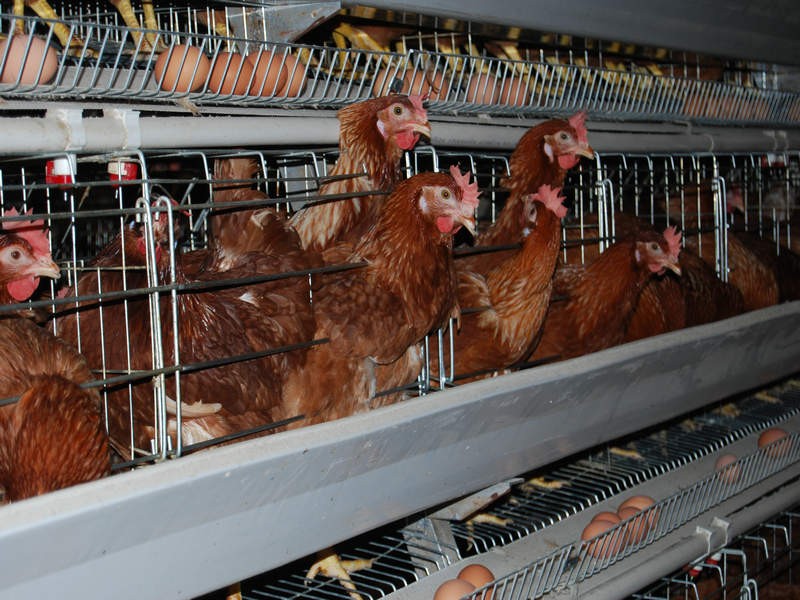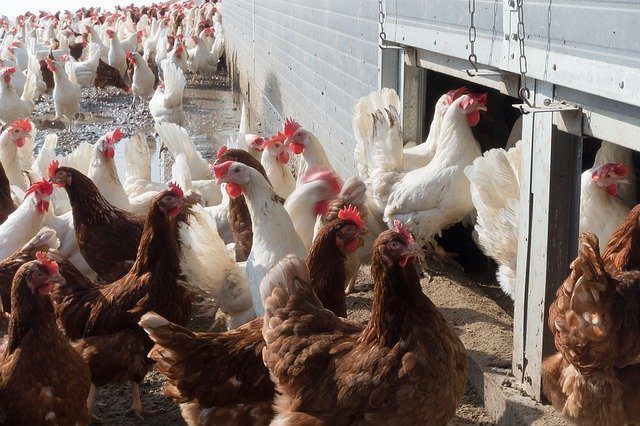

But, keeping hundreds if not thousands of layers roaming about without enough access to feeding spots may reduce feed intake for the lower-ranking birds and increase body weight for those at the top of the pecking order. Keeping four layers in a cage allows little room for competing during feed time. A high-quality equipment manufacturer should have already taken this into account in their product design.ģ. But, as these new housing/feeding systems are relatively new, it is possible that feed can be wasted due to insufficient feeder design. Cage-free layers should not suffer from boredom as they are expected to have a great number of ways to keep themselves busy. This was, of course, true in heavier birds with more generous appetites than in lighter strains of white-egg layers. Feed in battery cages was wasted mainly when hens were over-consuming out of boredom. This second method avoids overspending on expensive additives, but protein concentration might need a slight increase to allow for somewhat heavier musculature and its maintenance this remains to be quantified.Ģ.

The other method is to keep feed intake volume at established levels (important for genetic lines with limited appetite) and increase dietary energy concentration by adding a lipid source.

For the first few cycles, it is best to keep weighing hens throughout their lives to establish a reliable relationship between feed intake and body weight. It would be advisable to begin with a 10 percent extra allotment of feed towards this new "expenditure" on layer welfare, and as long as body weight for age remains within established targets, there is no reason to alter this allotment. One is to increase daily allowance based on previous records (from battery cages). There are two ways to increase energy intake. Of course, open-range hens will require even more energy. As such, energy requirements will increase from 5-15 percent, depending on the facility’s layout. It is to be expected that all this new activity requires additional energy. The whole idea of removing layers from their traditional cages is to give them enough freedom to move around and exhibit all their natural behaviors. The following tips arise from experiences in the European Union, where cage-free housing has been adopted as the standard means of keeping hens in many countries.ġ.

Let us examine how extra freedom given to the cage-free hen changes its requirements for nutrients and feed allocation management. Of course, the traditional floor housing system, with perches and nests, remains a lower-density alternative, whereas free-range access remains a niche, albeit a popular one when hens are allowed to graze. Open aviaries are similar to cages with feeders, waters and nests provided inside the aviary, and the birds can leave the aviary to access the floor scratch areas. All of these facts make traditional layer feeding rather obsolete, or more eloquently put, in need of revising to ensure bird health, welfare, productivity and, of course, profitability are not sacrificed at the expense of consumer preferences.Ĭage-free systems can take several different forms. Cage-free hens also compete more for their daily ration, and they come in contact with their excreta. The extra freedom allows them to move around expending energy and putting pressure on their bones. Taking laying hens out of cages makes a big difference. View all of the articles in the digital edition of this magazine. This article appears in the August issue of Poultry International.


 0 kommentar(er)
0 kommentar(er)
